Aerospace Composite Manufacturing Solutions
Axiom announces new website launch Jun 3rd
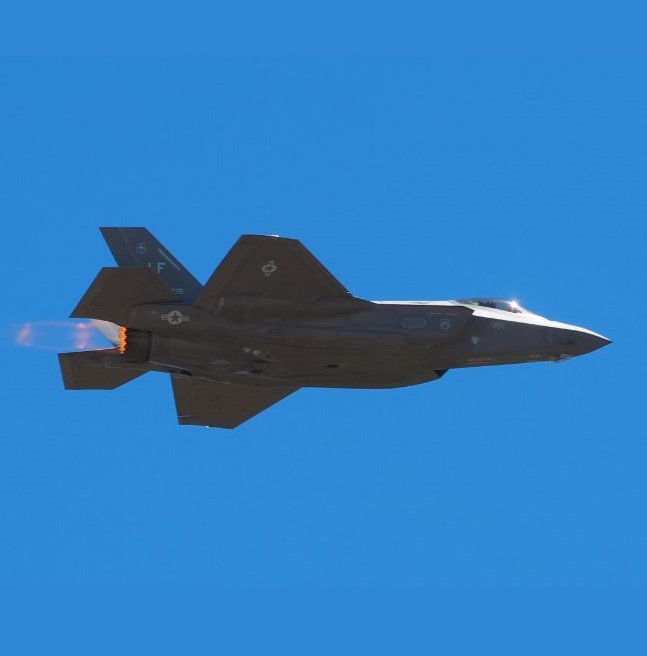
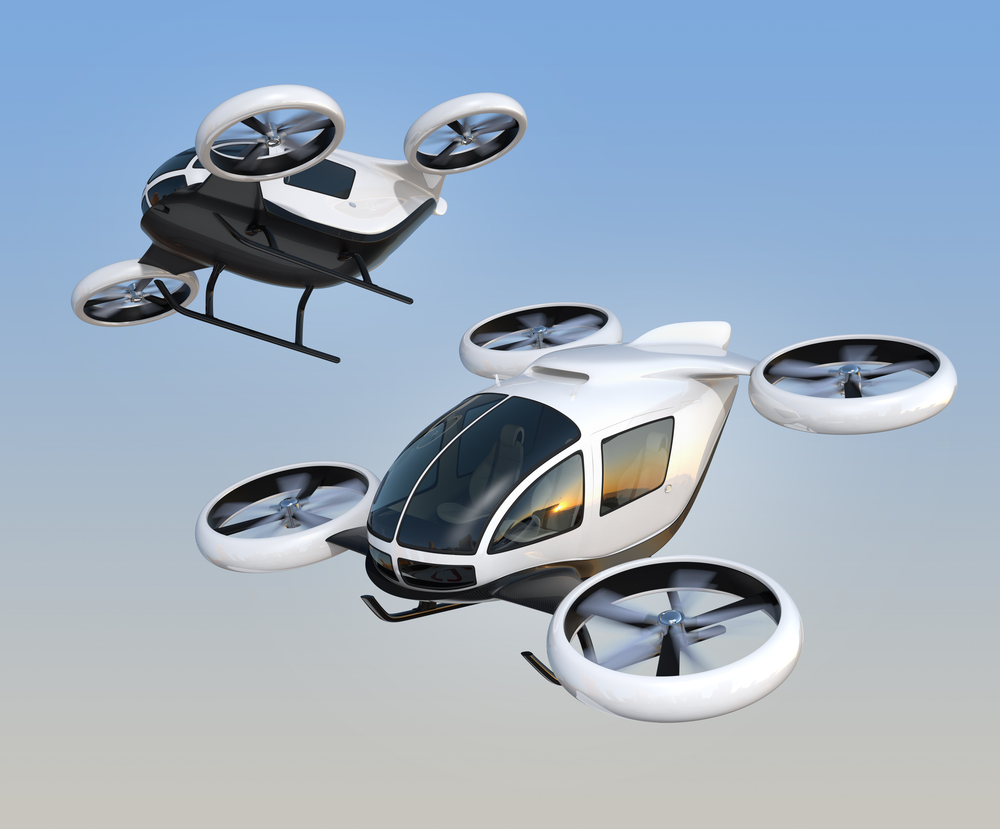
Air Mobility inherits Axiom’s aerospace manufacturing legacy of proven lightweight, strong, non-corroding, and fatigue-resistant composite prepregs that deliver performance, range, and load capacity while decreasing energy consumption. Leveraging decades of expertise serving leading aerospace manufacturers, our solutions offer customization that matches EM frequencies, dampens noise, and ensures components are easily tooled and scaled to production in demanding aerospace environments.
Within the aircraft, Axiom’s high-strength, lightweight, and durable aerospace composites are further customized with flame-retardant resins and noise-reducing prepregs. Trusted by leading aerospace manufacturers, these innovations reduce weight and fatigue, lowering maintenance costs and fuel consumption, while the design flexibility provides modern comfort and aesthetics for a wide range of aerospace applications.
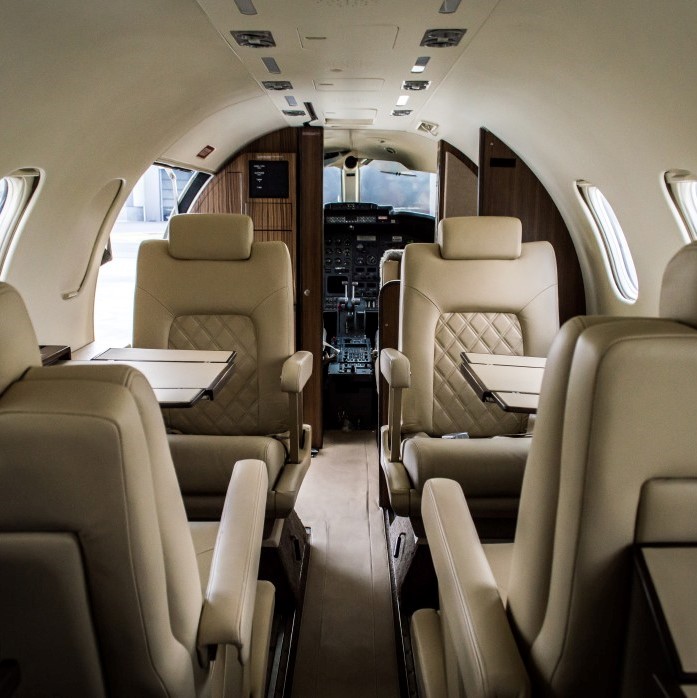
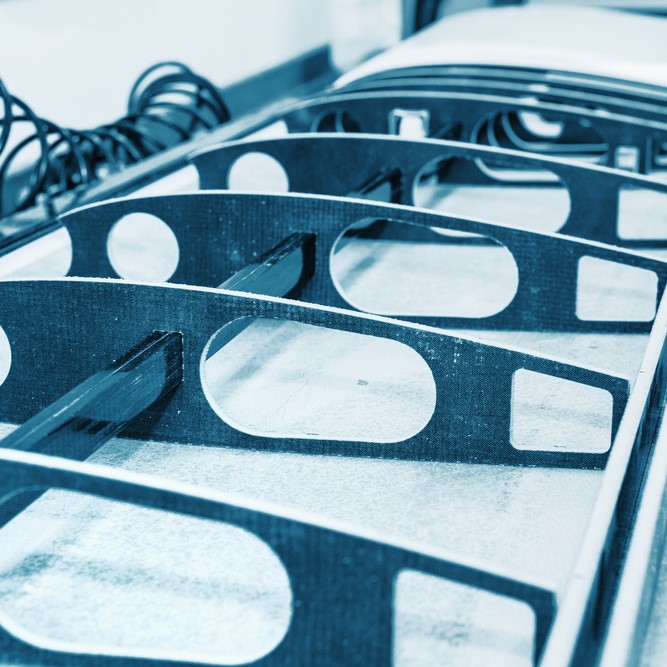
High mechanical strength-to-weight and temperature performance, combined with excellent corrosion and fatigue resistance, have made Axiom’s aerospace composite solutions a trusted choice for aerospace manufacturers in numerous applications, including engine components, structural prepregs, fuselages and wing covers, helicopter rotor blades, flame-retardant reinforced interiors, insulation, and sealings.
Space Launch is a core focus for Axiom Materials. Lightweight and mechanical advantages are combined with aerospace composites and prepregs manufactured to sustain extreme loads and vibration. Our proven expertise supports aerospace manufacturers in achieving steep temperature shielding gradients, impact protection, and unparalleled design flexibility for mission-critical applications.

"*" indicates required fields
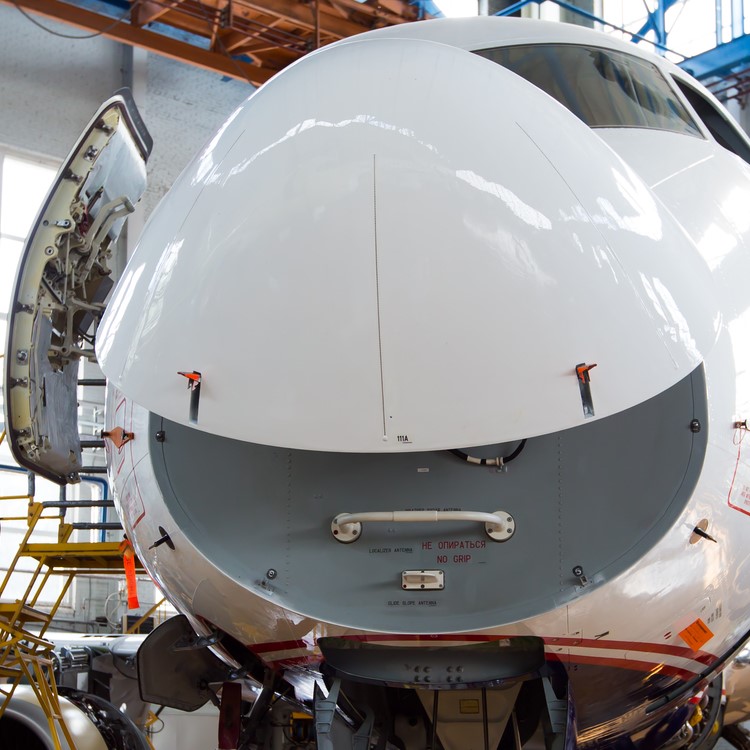
Axiom’s lightweight PMC and CMC prepregs offer excellent electromagnetic transparency for advanced aerospaceapplications. Along with high compressive strength, chemical and electrical inertness, low dielectric constant, low loss, and high temperature resistance, our materials are ideal for aerospace manufacturers seeking efficient radome construction, both ground-based and airborne.
Axiom’s PMC and CMC prepregs and surfacing films push modern aerospace jet engine performance and efficiency with high-temperature, strength-to-weight materials that decrease vibrational fatigue, chemical susceptibility, and noise production. From fan blades, thrust reversers, mixers, and nacelles to fire shields manufactured to increase engine safety, our innovations are trusted by leading aerospace manufacturers worldwide.
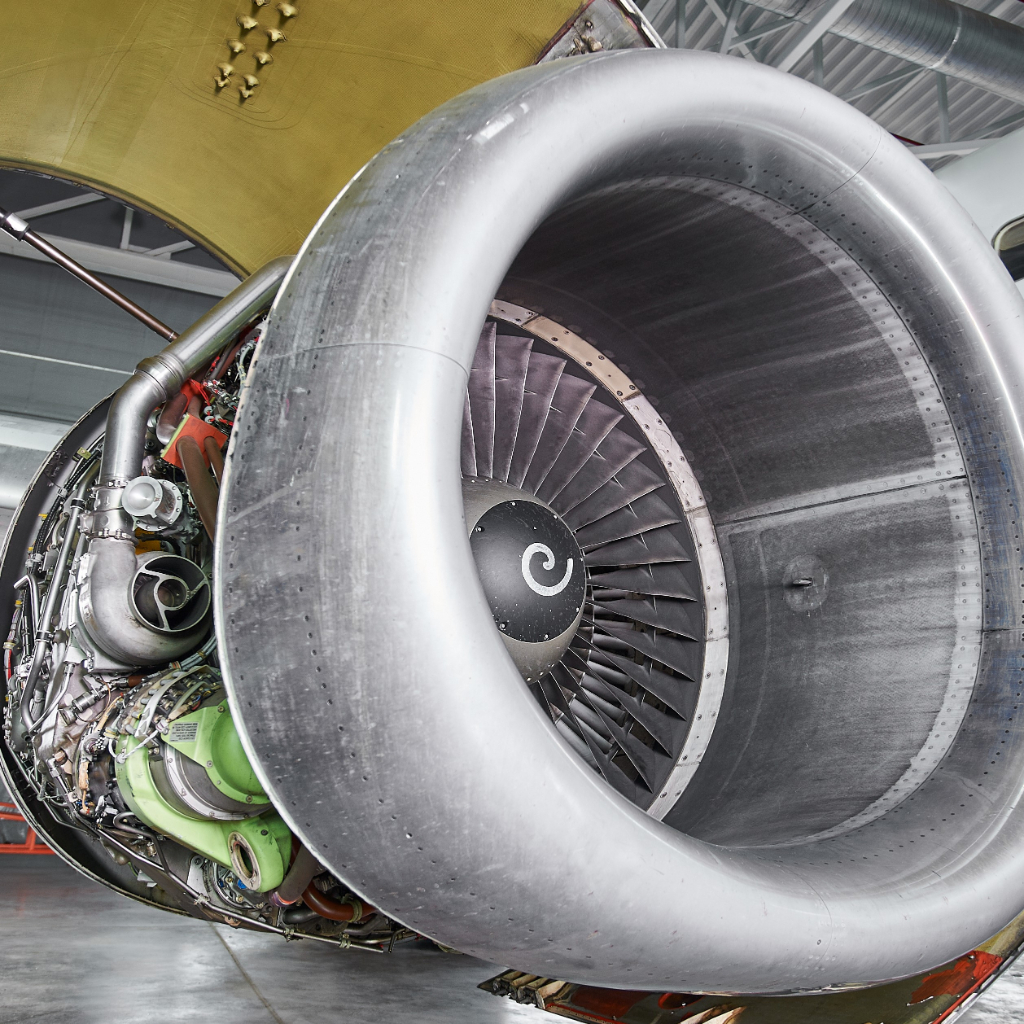
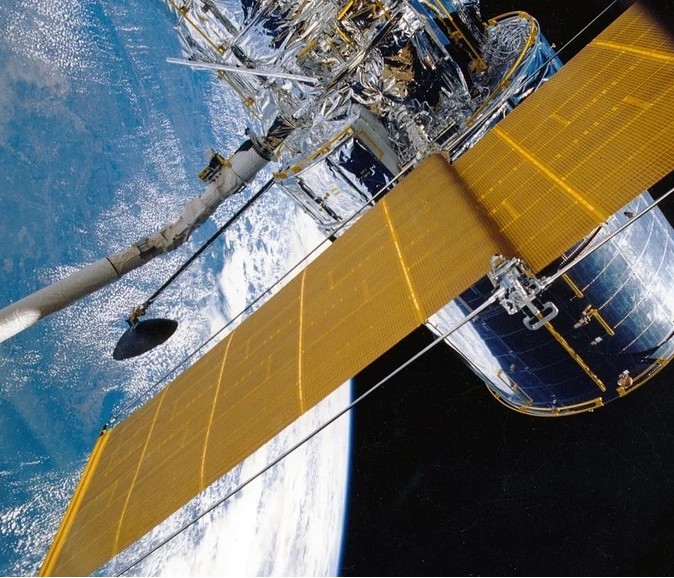
Satellites use Axiom’s prepregs and film adhesives to meet the extreme weight, strength, and temperature demands of aerospace operations in space. Our composite materials are trusted by aerospace manufacturers for heat shielding, defense against micrometeorites and space debris, and the precise bonding of seals, gaskets, and tiles.
Axiom Materials is the world’s largest industrial producer of Oxide-Oxide Ceramic Matrix Composite prepreg materials. Axiom has invested in fully automated process equipment and test labs to produce an array of CMC material types:
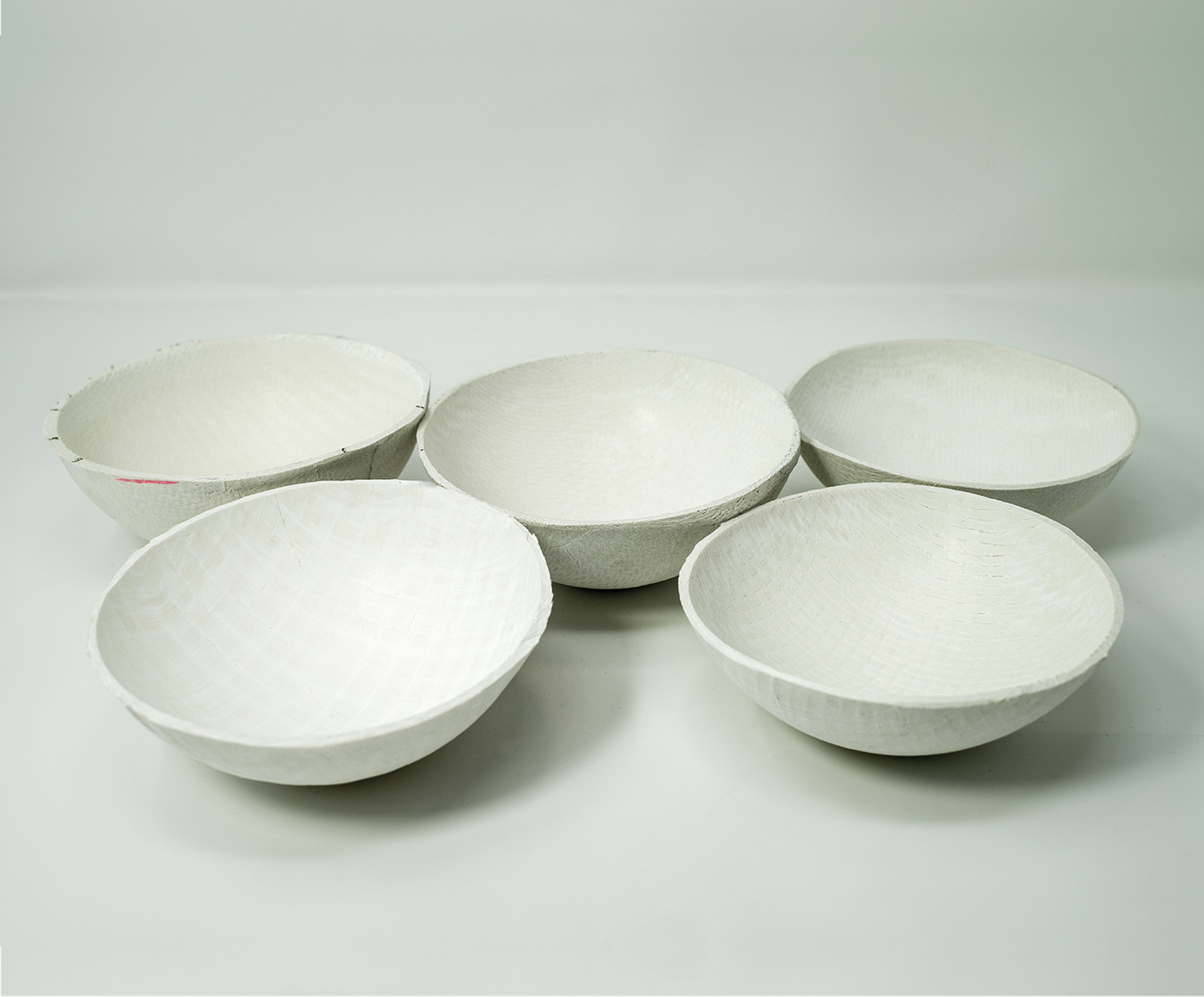
1. What are aerospace composites and why are they important in aviation?
Aerospace composites are advanced materials made by combining two or more distinct substances—typically reinforcing fibers and a resin or ceramic matrix—to create lightweight, high-strength materials. This includes traditional polymer matrix composites as well as ceramic matrix composites (CMCs), which are critical for high-temperature applications like jet engines. These composites reduce aircraft weight, improve fuel efficiency, enhance performance, and offer superior resistance to fatigue and corrosion.
2. How are aerospace composites used in aircraft manufacturing?
Aerospace composites are widely used in aircraft components such as fuselage panels, wing structures, engine nacelles, and interior parts. While polymer-based composites are common for structural and non-structural applications, ceramic matrix composites (CMCs) are increasingly used in engine components and other high-heat areas to withstand extreme temperatures and improve efficiency.
3. What types of composite materials are commonly used in aerospace applications?
The most common aerospace composites include carbon fiber-reinforced polymers (CFRPs), glass fiber-reinforced polymers (GFRPs), aramid-reinforced materials, and advanced ceramic matrix composites (CMCs). Axiom Materials specializes in prepregs, resin systems, and ceramic matrix composite materials tailored specifically for the demanding performance and processing requirements of aerospace.
4. What benefits do Axiom Materials’ aerospace composites provide over traditional materials?
Axiom’s aerospace composites offer advantages such as reduced weight, improved fuel economy, higher fatigue resistance, and superior thermal stability. Our ceramic matrix composites (CMCs) further enable components to operate reliably at temperatures that would degrade traditional metal alloys, helping aerospace manufacturers achieve enhanced performance and durability.